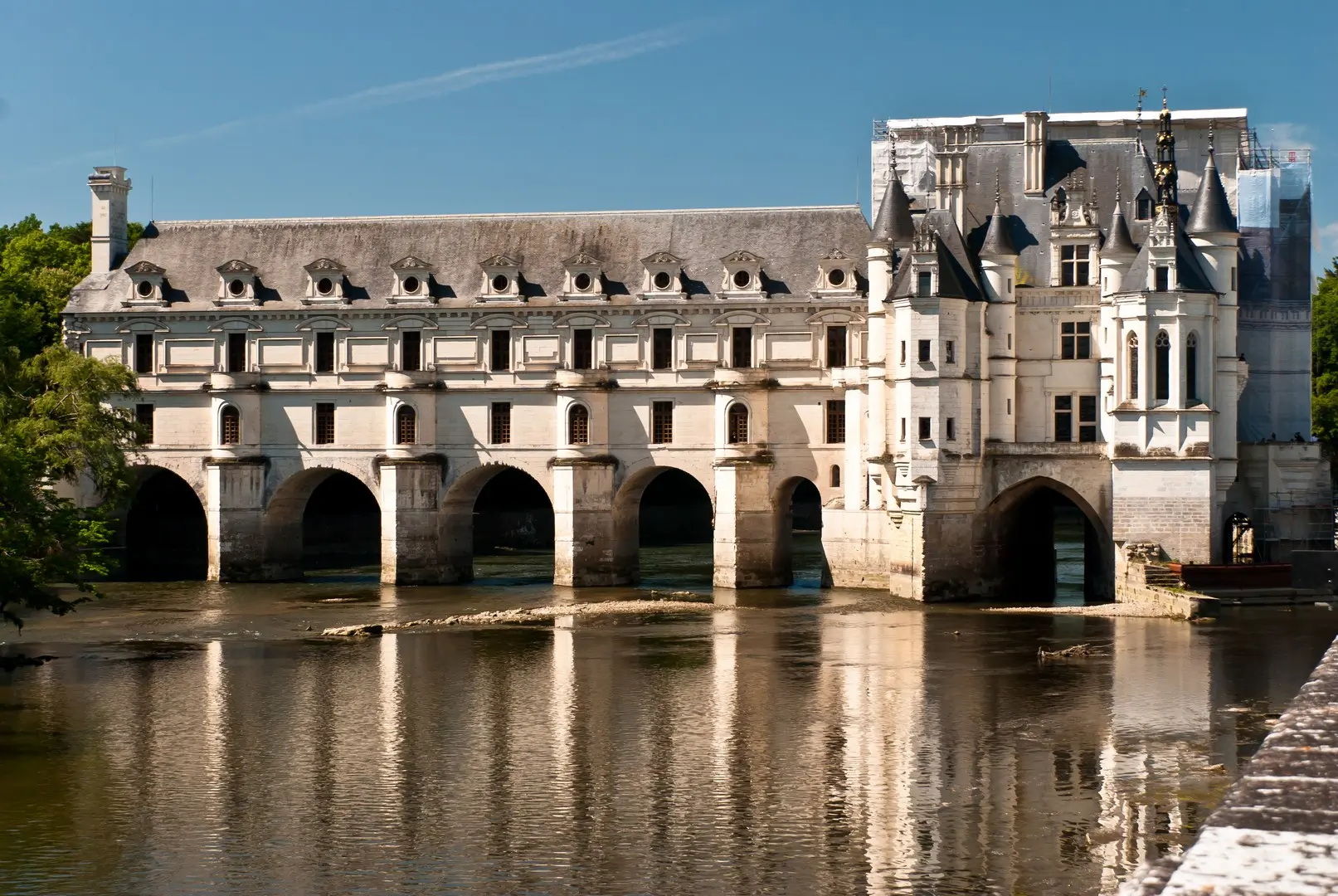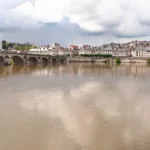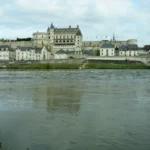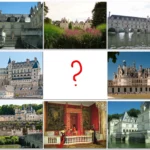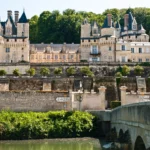Last Updated on 03/07/2024
Wealthy and powerful nobles of the 15-16th centuries, deciding to get a permanent residence in the Loire Valley, obviously found a special charm in the fact that their castle was surrounded by water.
The swift waters of Cher, flowing around the arches of the covered bridge attached to the Chenonceau Castle (Château de Chenonceau), make it perhaps the most graceful of the Loire valley castles.
Loire castles. Chambord
Tours
Loire cycle route. Tours – Villandry
Loire Valley Castles. Blois castle
Loches and Chedigny village
Amboise Castle, Clos Lucé and what else to see
Loire Castles. Blois region attractions map
Around Chenonceau: attractions map from Amboise to Loches
Around Chinon: Loire Valley map from Tours to Angers
By car, bike and public transport in the Loire Valley
Best castles to see in Loire Valley
Mont Saint Michel Abbey
Pink granite coast (Cote de granit rose)
Let’s add to this an aura of romance. After all, it was owned by women rivals, Catherine de Medici and Diane de Poitiers. Intrigues were woven here. And then the “white lady Chenonceau” settled – Queen Louise, who had just lost her husband, Henry 3. She upholstered the walls with black silk and wore mourning white clothes until the end of her life.
It is not at all surprising, therefore, that the castle enjoys special love among the public. And in the daytime a pretty queue stretches out in front of the entrance for 40 minutes. Do not forget about this if you have little time.

How to get from Amboise to Chenonceau and from Tours to Chenonceau
There are two ways to get to Chenonceau
– by bus (direction Tours – Montrichard, 1 h 10) through Amboise
– or by train (30 min).
The first method is cheaper, the second is faster. The bus allows you to see Amboise at the same time.
For unknown reasons, the village is spelled differently – Chenonceaux.
The train stops in front of the castle entrance.
To the bus you will have to walk a little – to the tourist office.

History
In 1512, the property on the banks of the Cher was bought by Bohier, a tax collector from Normandy. The old estate looked more like a castle and was not suitable for high life. So only a tower remained of it. A square palace in the Renaissance style was built on the water.
After the death of the Bohier couple, King Francis I, who once visited the palace, decided to take it in his hands. He accused Bohier, who by the end of his life became the manager of the finances of the French king in Italy, of large financial expenditures and took the estate from the heir as compensation.
The king with the Dauphin Henry II and his retinue, which included the mistresses of the king and his heir (the Duchess of Etampes and Diana de Poitiers), came to the palace to hunt.
After the death of Francis, Henry presented the estate to Diane de Poitiers. Under Diana, the estate was constantly developing. A garden was laid out, a bridge was built that connected the palace with the opposite bank.
Immediately after Henry’s death in the tournament, Catherine de Medici took the jewels and Chenonceau from Diana. Catherine celebrated her victory over her rival with a big tournament in honor of the son Francis II in Chenonceau. Catherine laid out her own garden opposite of Diana’s garden, turned a bridge into a covered one. Here, despite the ongoing civil war, she organized holidays.
After the death of Catherine, Chenonceau came to Queen Louise, wife of Henry III, who was killed by the fanatic Jean Clement. The queen grieving for her husband retired in the palace, changing the interiors to black, and devoted the rest of her life to mourning for her husband, prayers and helping the local poor. Queen Louise wore white robes as a sign of mourning. Therefore she was named the White Lady.
The Bourbons had little interest in the château.All of the castle’s contents was sold off. In the 18th century. the palace passed to the wealthy squire Claude Dupin. His wife was very fond of surrounding herself with the outstanding minds of that time. Montesquieu, Condillac, Voltaire often visited the estate. Rousseau was Madame’s secretary and gave lessons to her daughter. The revolution, fortunately, did not affect the palace.
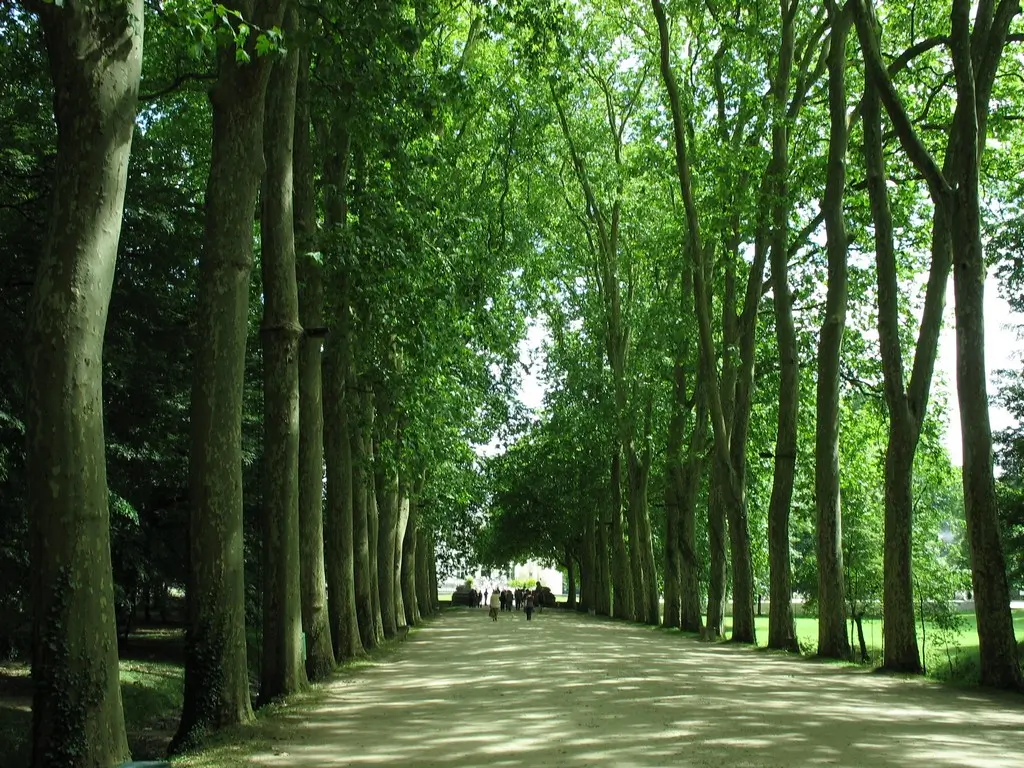
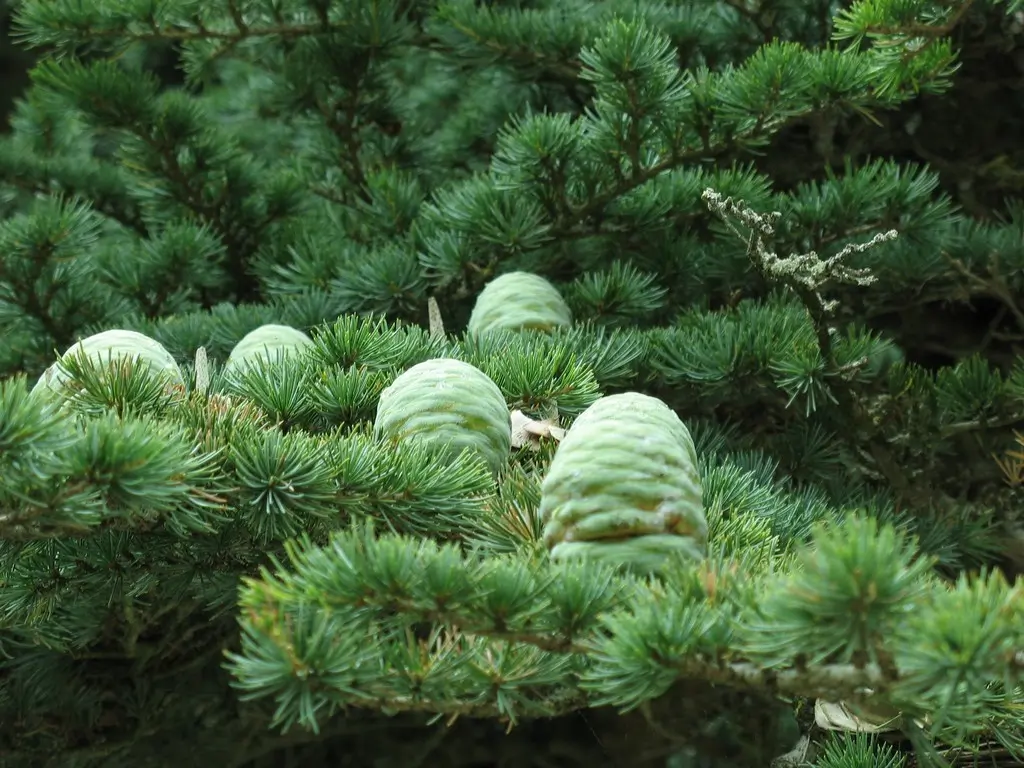
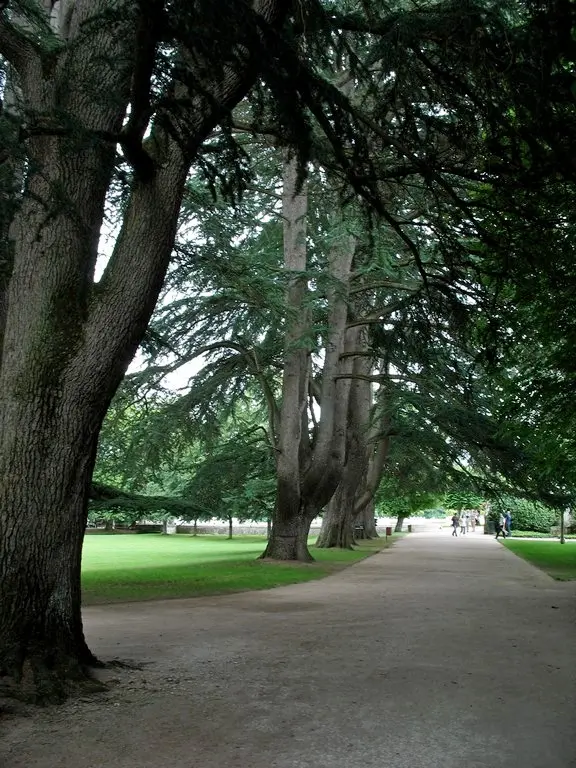
Chenonceau Castle
A long alley from the entrance leads to the Marques Tower. The only one that has survived from a small fortress built by the first owners. It was rebuilt in the Renaissance style. Now it houses a small souvenir shop.
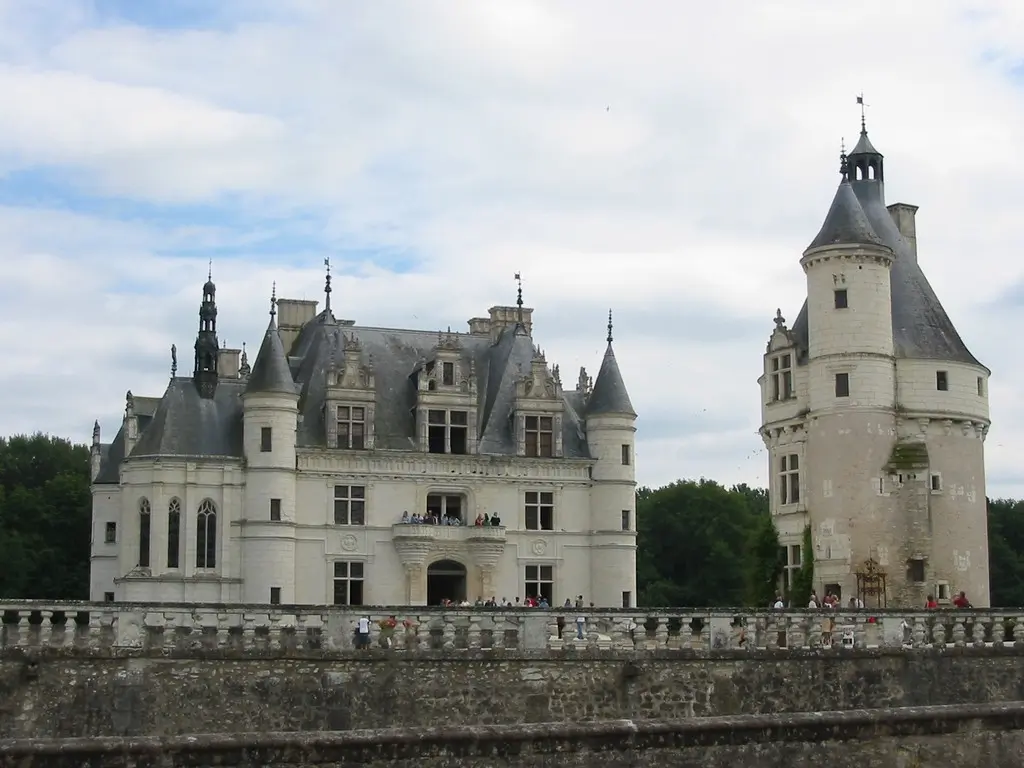
In the castle you can see the living rooms of Catherine de Medici, Diane Poitier and Louise of Lorraine with Renaissance furniture, tapestries of the 16th and 17th centuries, paintings by Rubens, Tintoretto and other prominent artists.
The tight rooms of the palace are not difficult to get around in half an hour. On the ground floor there are (in a circle, clockwise):
- guard room (with an oak door and tapestries of the 16th century),
- chapel,
- room of Diana Poitier (with tapestries of the 16th century, Madonna and Child by Murillo),
- the green cabinet in which Catherine de Medici worked (tapestries, 16th century Italian wardrobes, paintings by Tintoreto, Jordan, Veronese, Poussin, Van Dyck, etc.),
- library of Catherine.
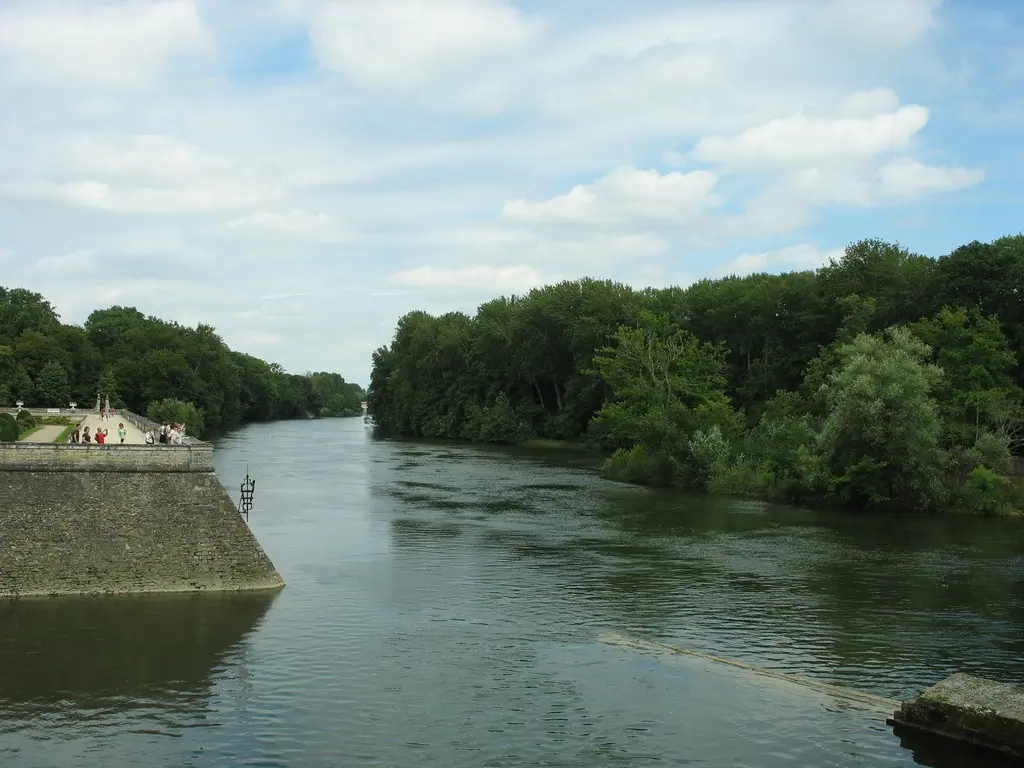
The gallery (essentially a covered bridge) leads to the other side of the river. Going down the stairs, we find ourselves in the kitchen. Climbing back and continuing bypassing the rooms in a circle, we pass through the room of Francis 1 and the room of Louis 14.

Then you need to climb the stairs to the second floor. Here you can see the room of the five queens, in which two daughters and three daughters-in-law of Catherine de Medici lived at different times. There is also a 16th century tapestry in the room and the works of Rubens and Mignard.
Finally, Catherine’s bedroom.
On the third floor there is a black bedroom where the widowed Queen Louise spent her time.
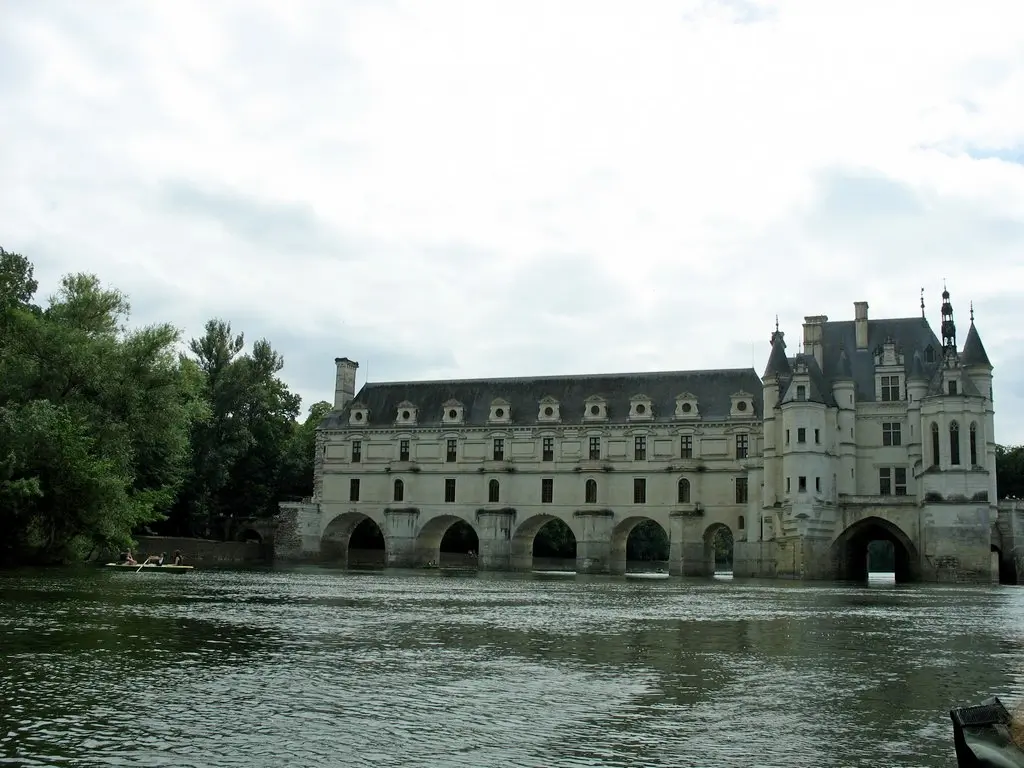
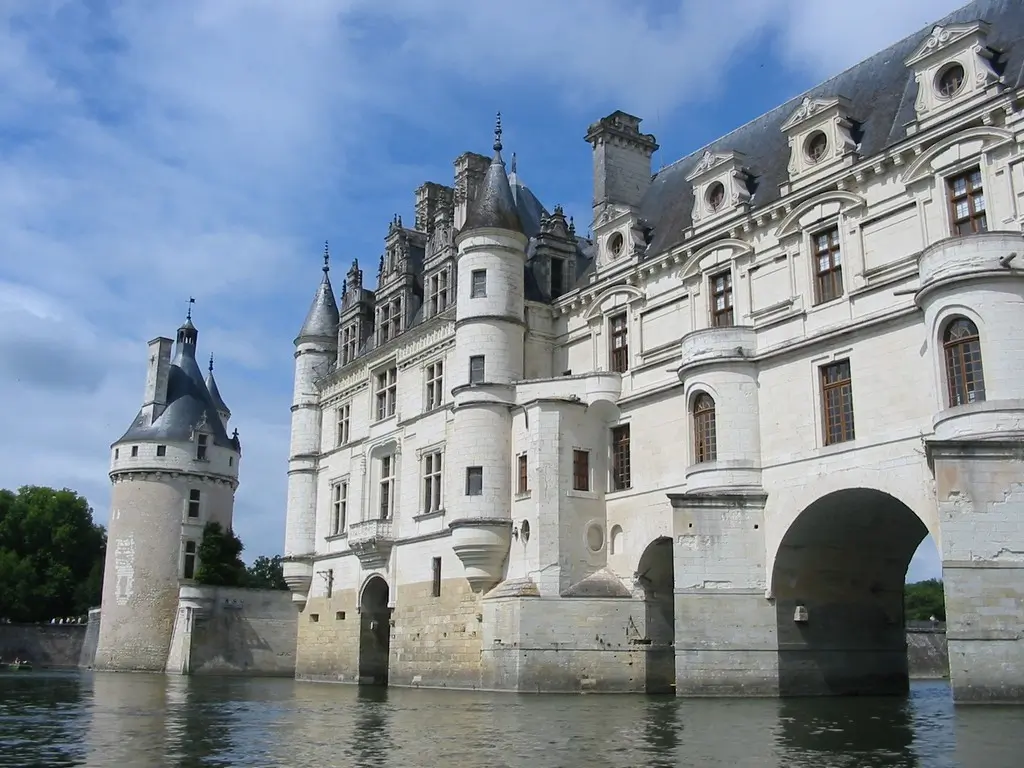
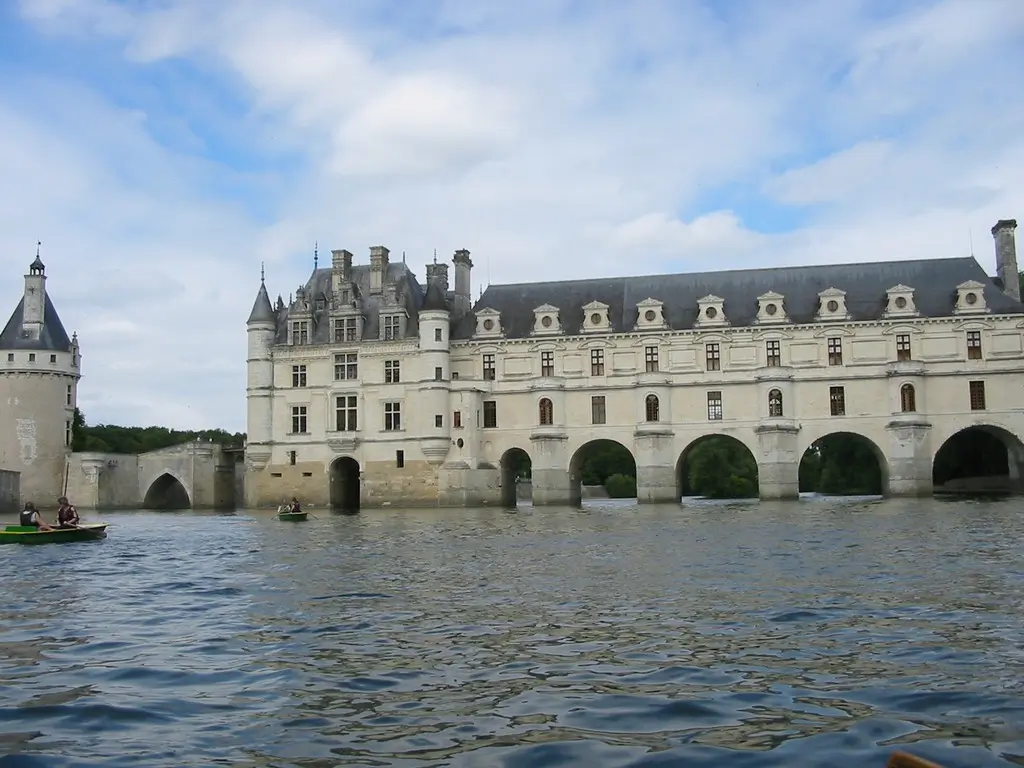
There are two gardens in front of the castle – Diana’s and Catherine’s. A little further – a farm of the 16th century with a vegetable garden. On the other side of the park is a labyrinth designed in 1720.
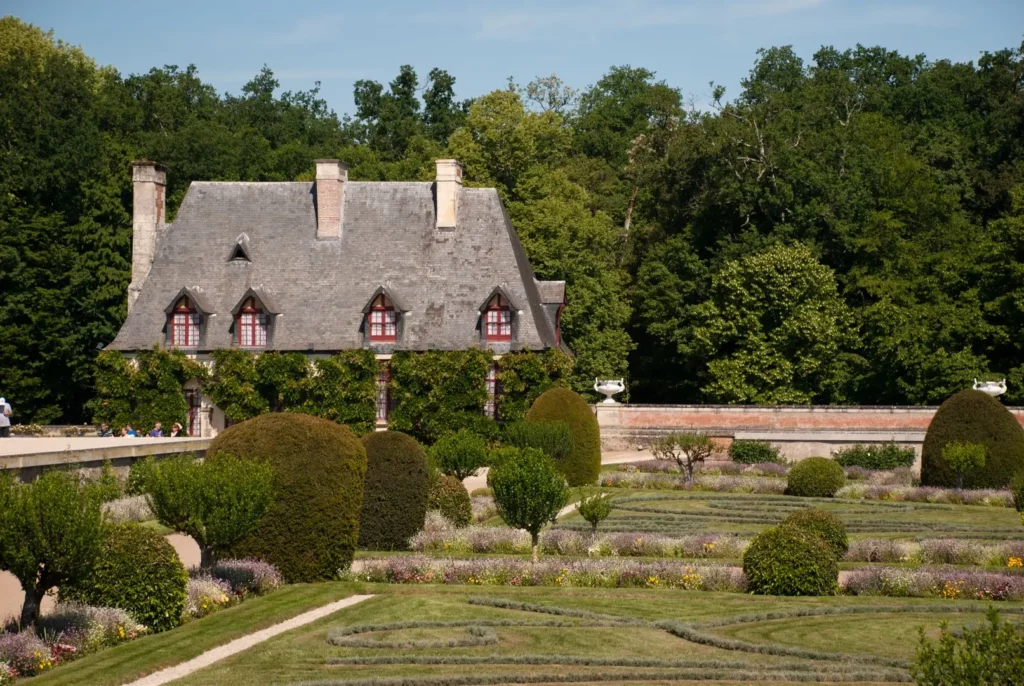
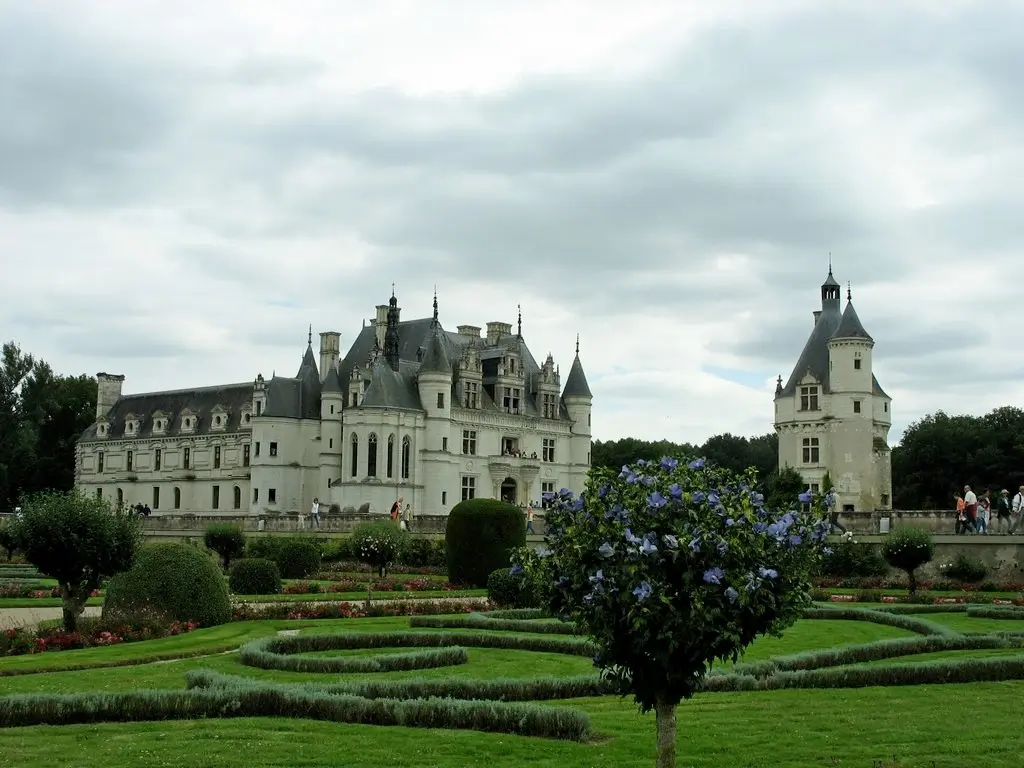

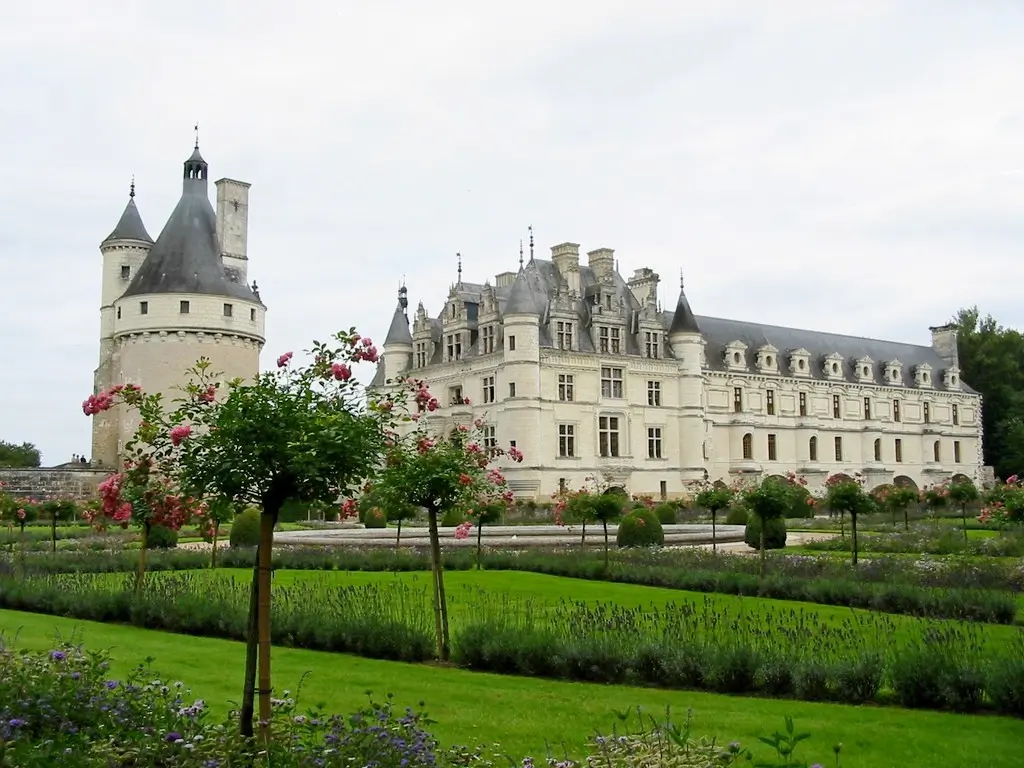
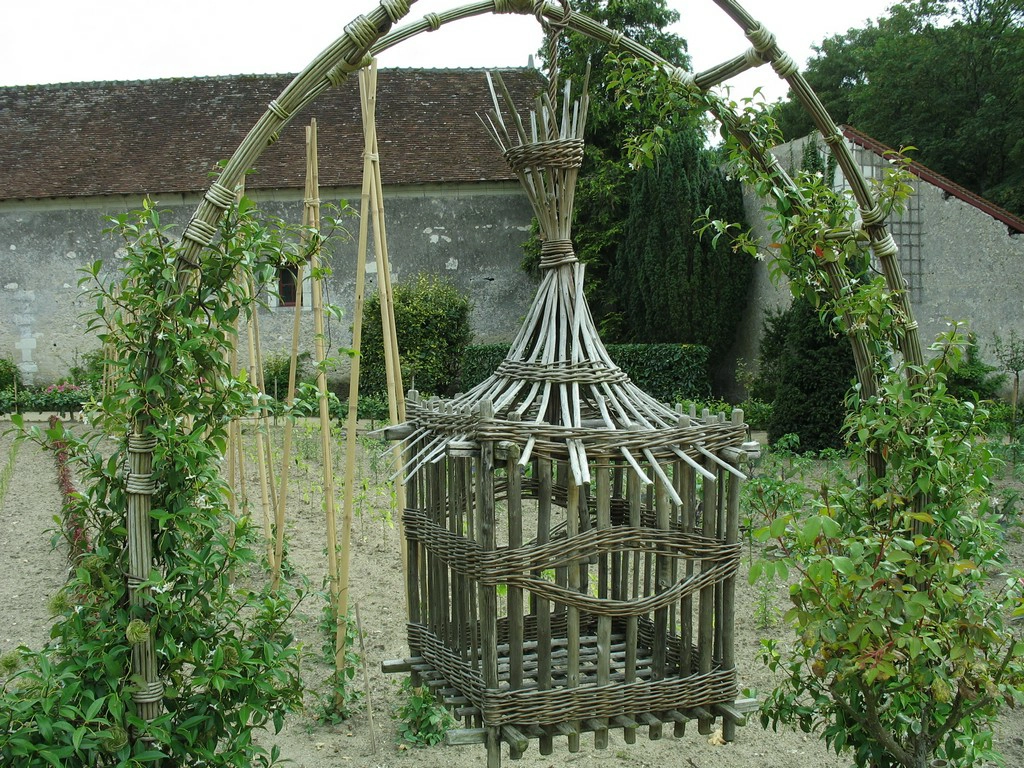
In July and August you can go boating on the river. In addition, on weekends in June and every day in July and August, you can walk through the illuminated park at night to the music of Corelli (from 9.30 to 23.00).
All posts about Loire valley – #Loire
Loire castles. Chambord
Tours
Loire cycle route. Tours – Villandry
Loire Valley Castles. Blois castle
Loches and Chedigny village
Amboise Castle, Clos Lucé and what else to see
Loire Castles. Blois region attractions map
Around Chenonceau: attractions map from Amboise to Loches
Around Chinon: Loire Valley map from Tours to Angers
By car, bike and public transport in the Loire Valley
Best castles to see in Loire Valley
Mont Saint Michel Abbey
Pink granite coast (Cote de granit rose)
Do you enjoy the site without cookies? This means that I work for you at my own expense.
Perhaps you would like to support my work here.
Or change your cookie settings here. I don’t use personalized ads

